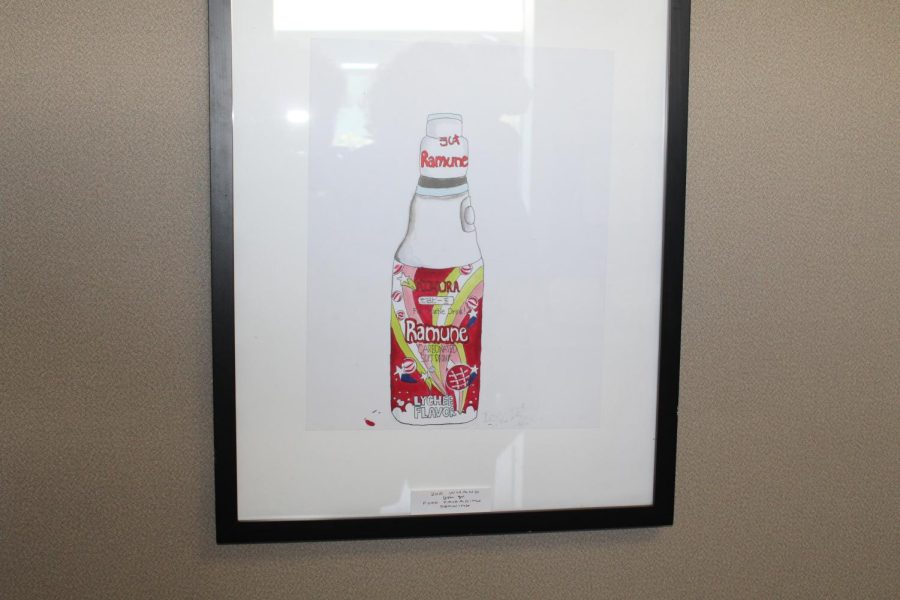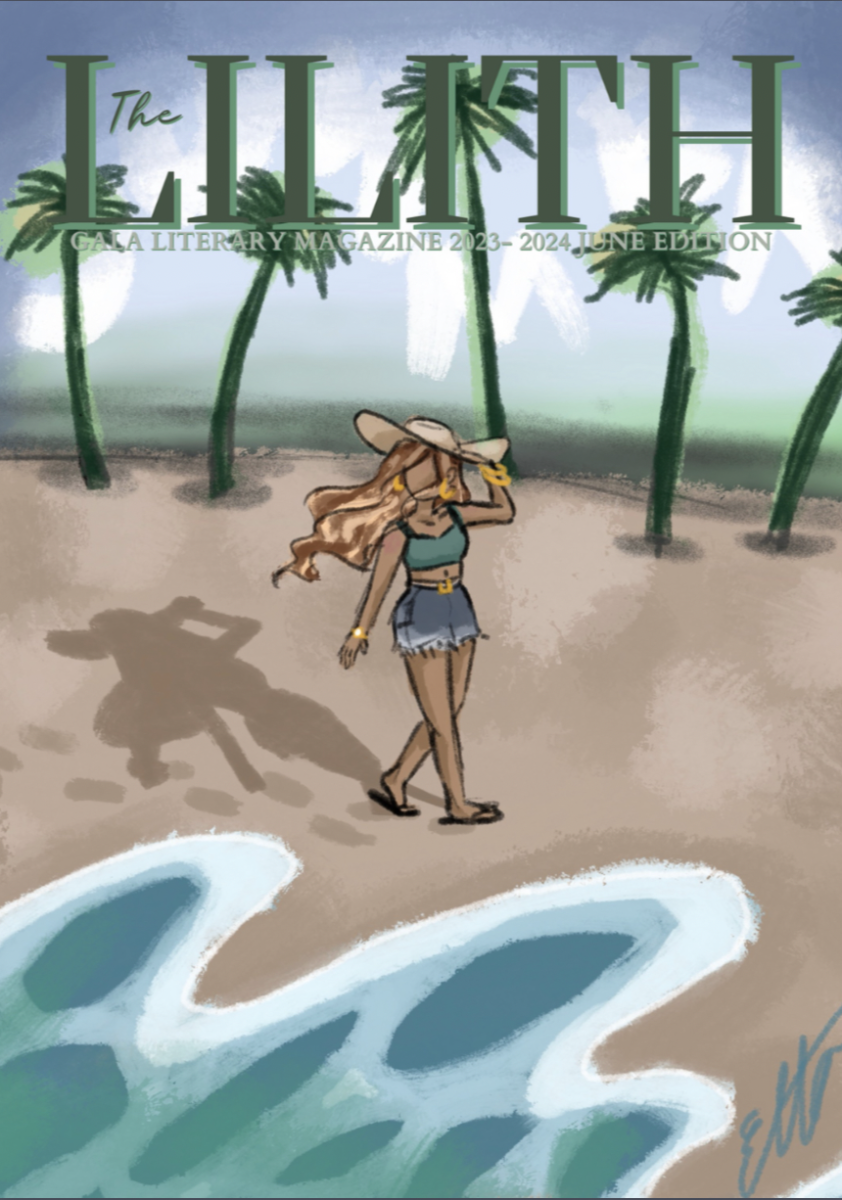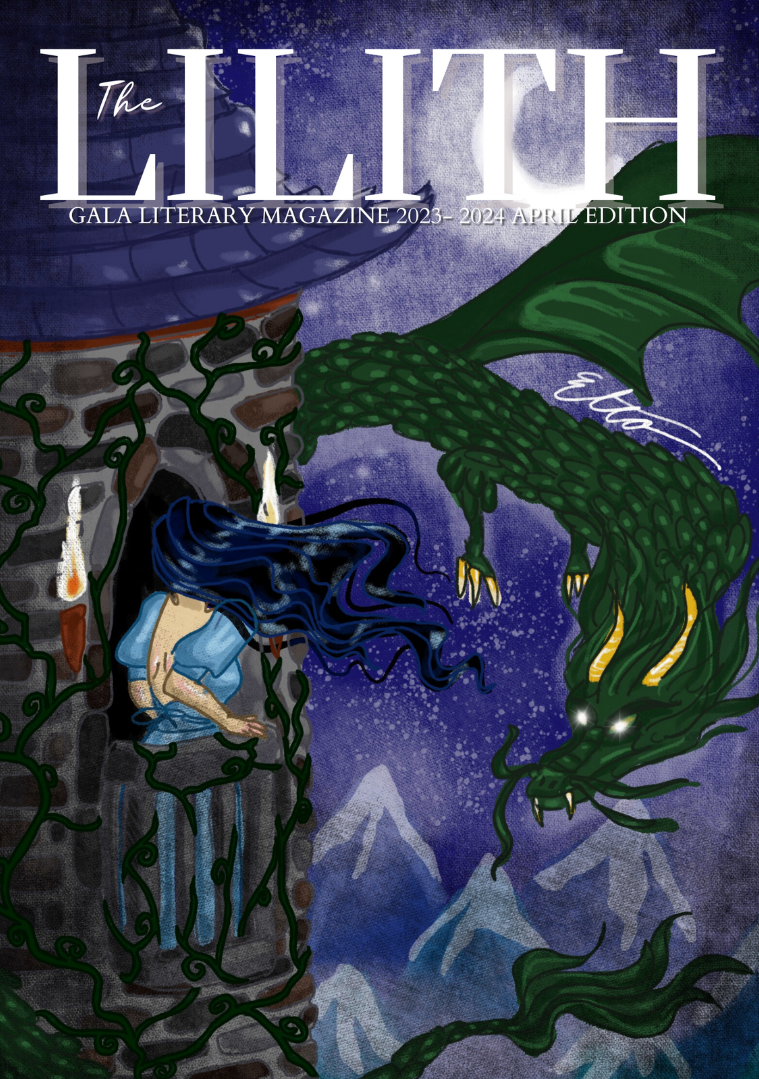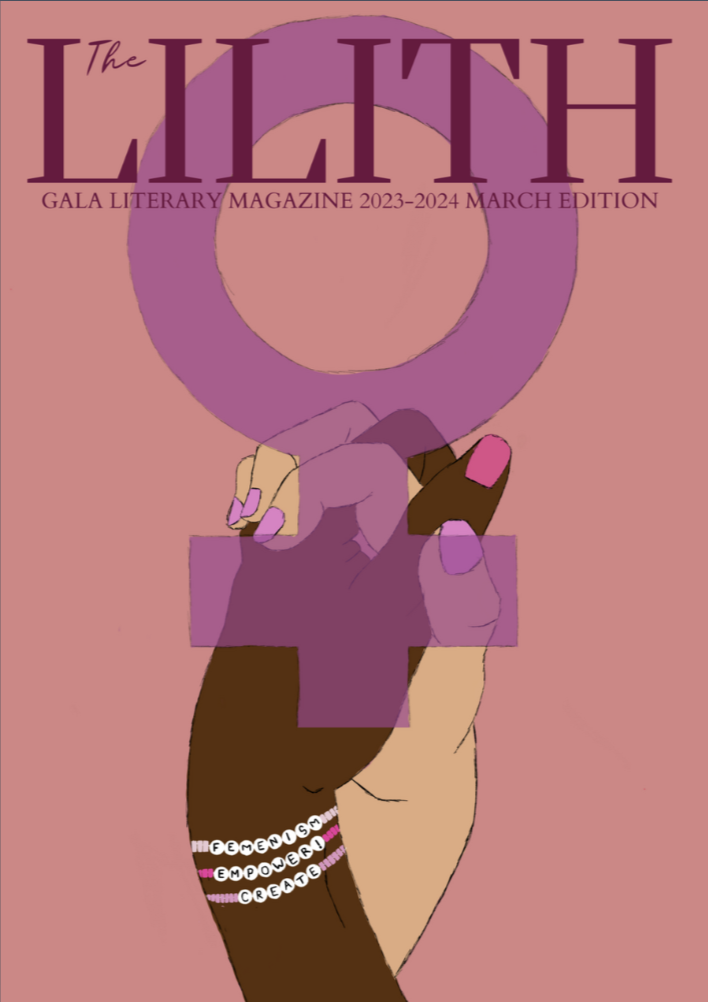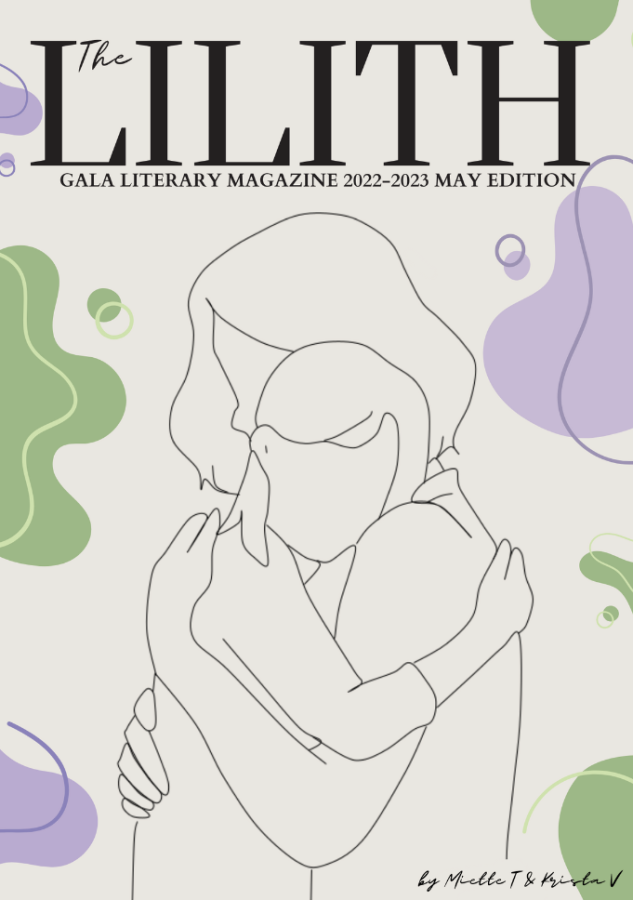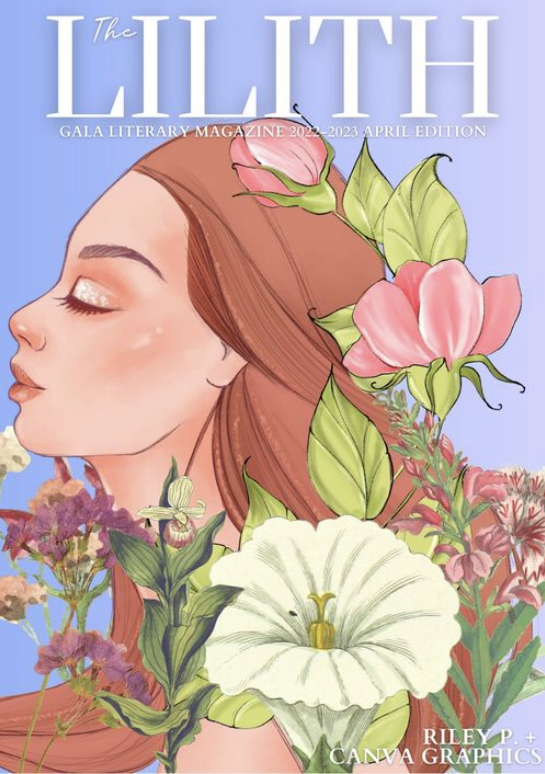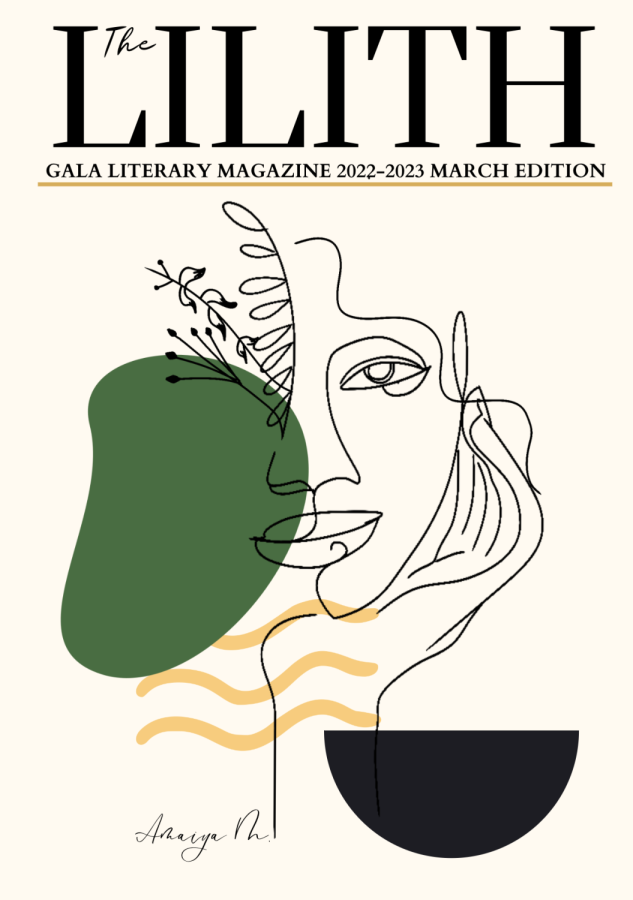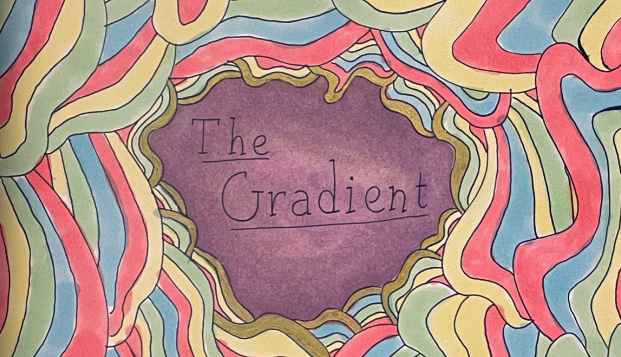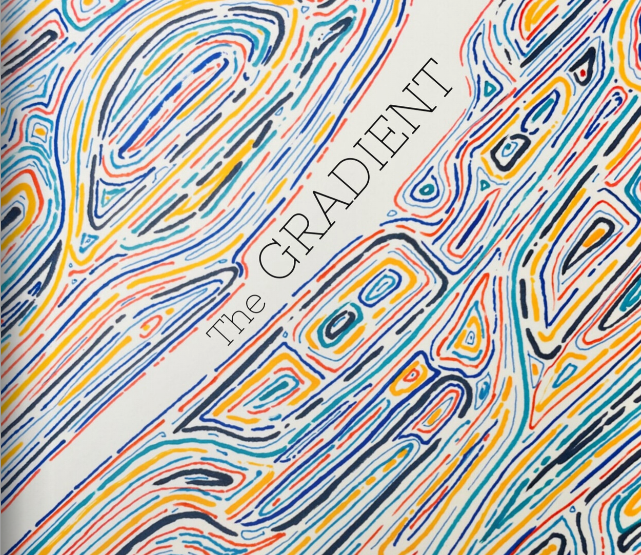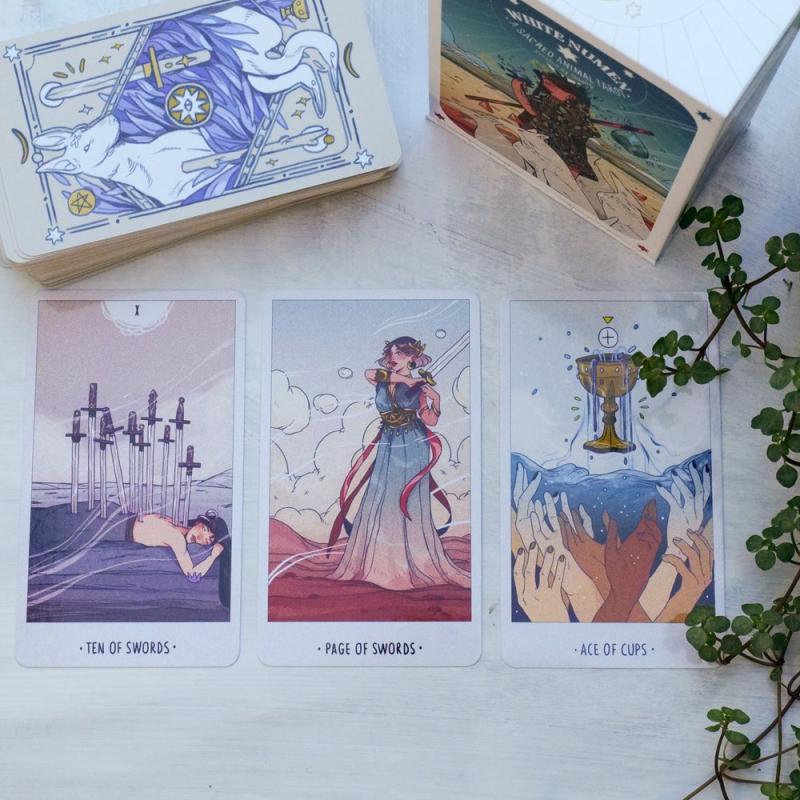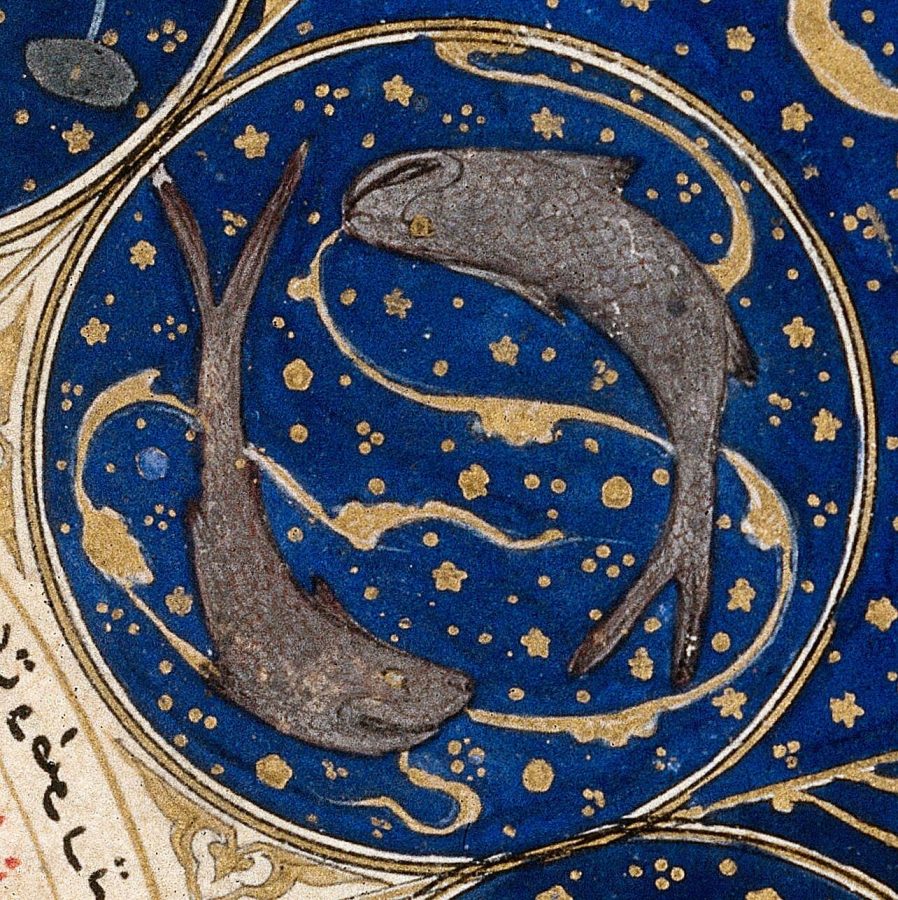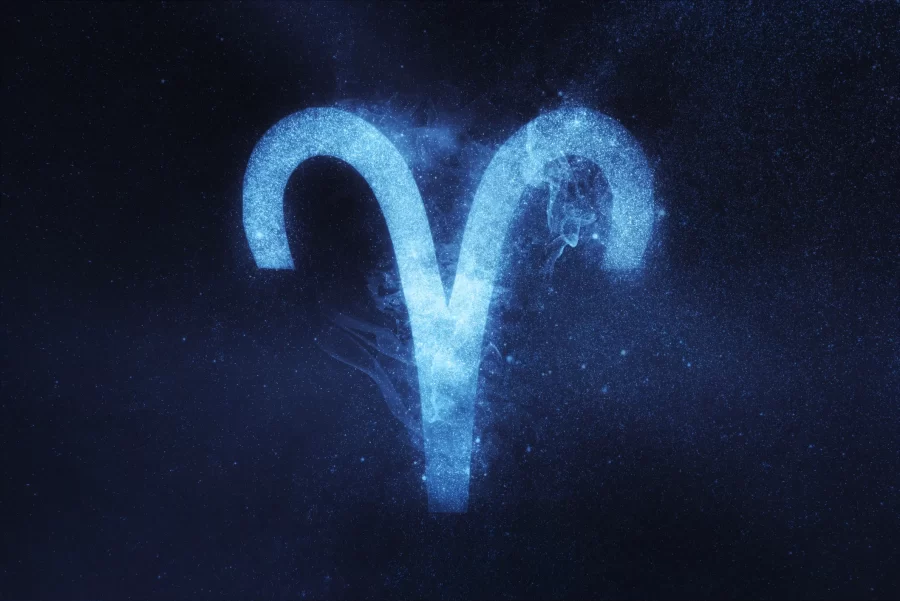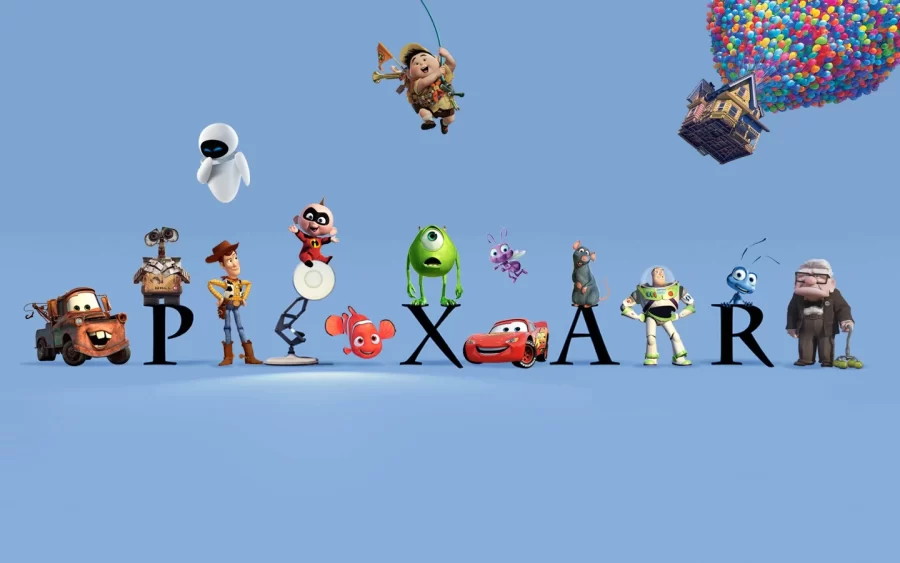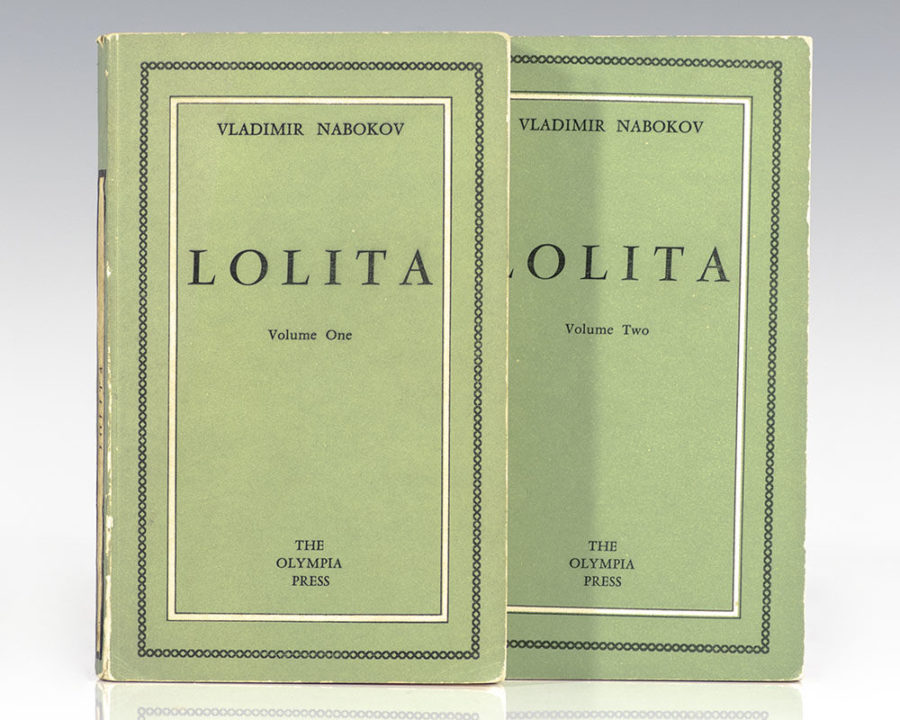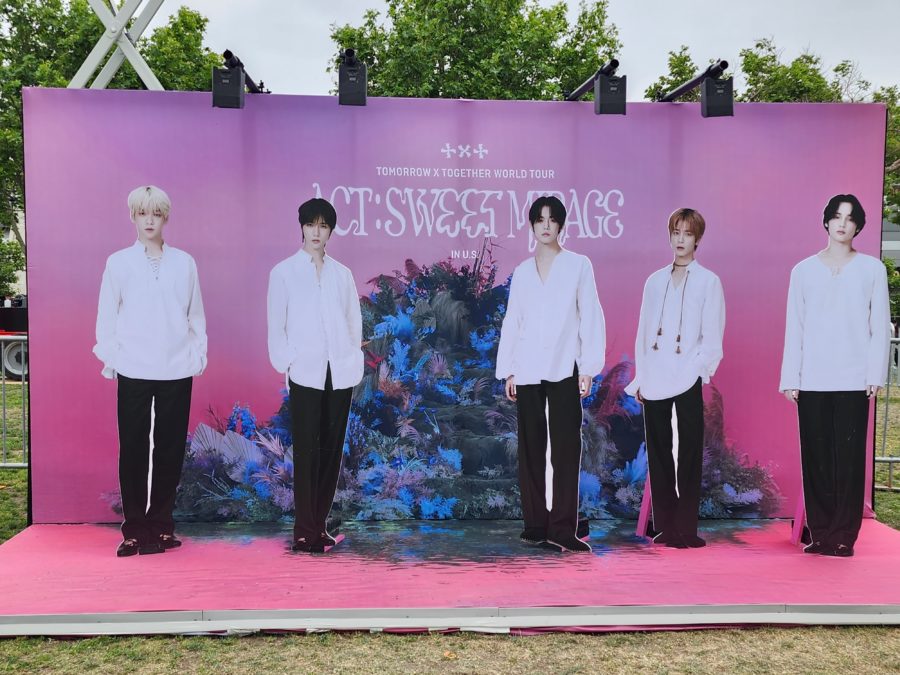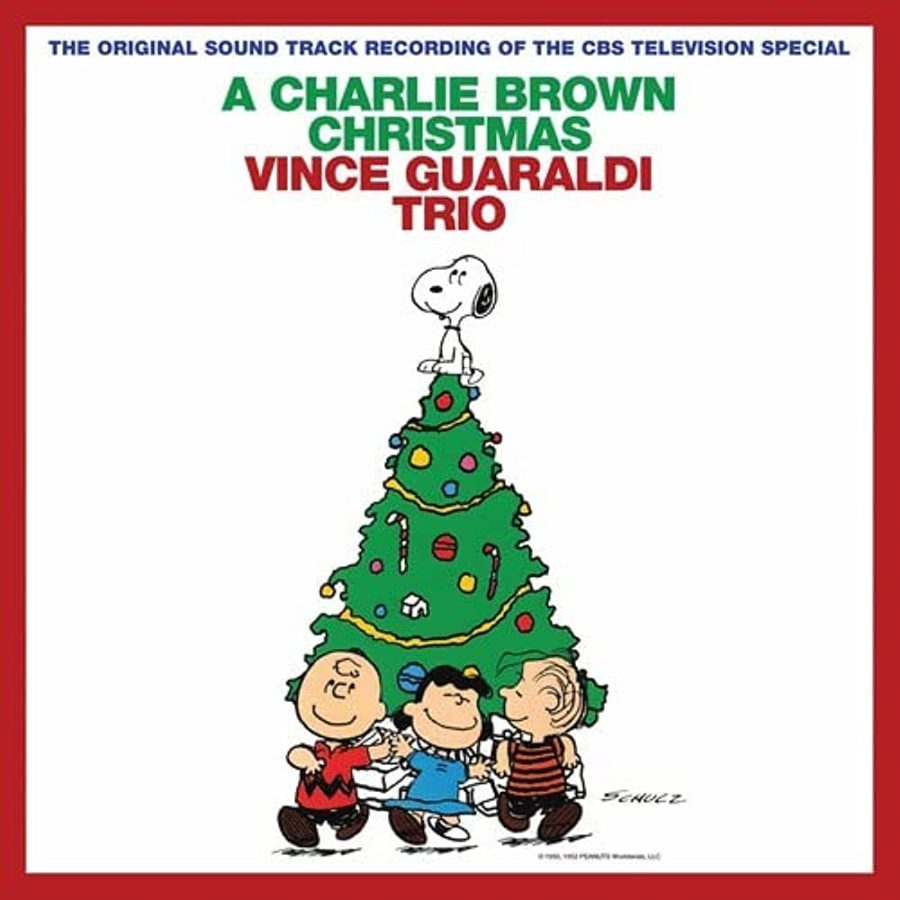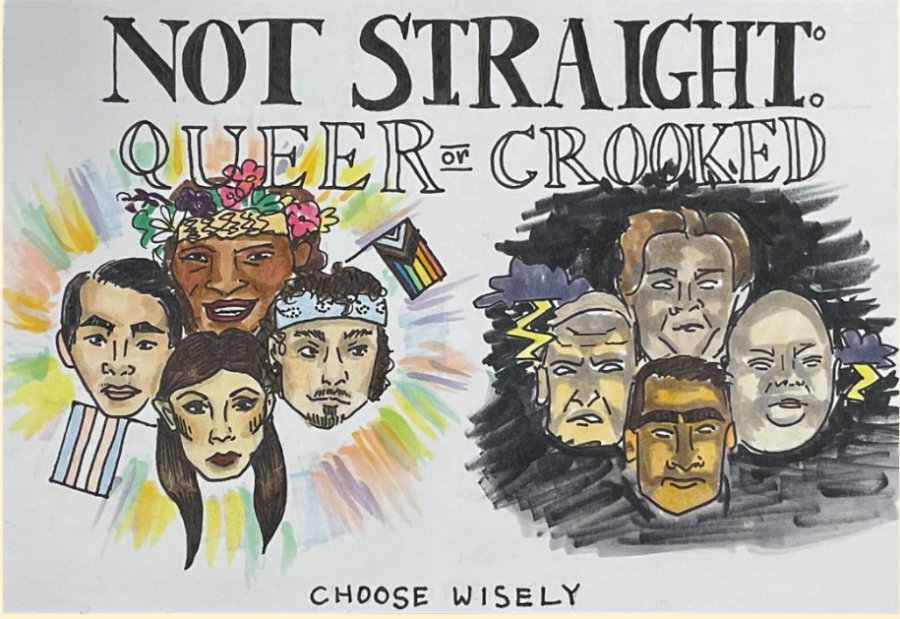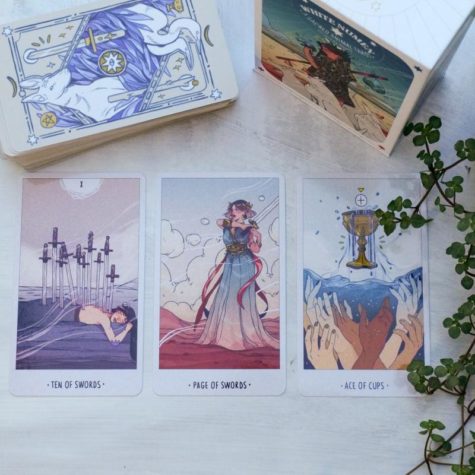Fascinating Factoids about Popular Colors
We see and use colors every day, but how much do we know about them? Let’s learn the history of and some fun facts about some very cool colors!
Purple
The Ancient Phoenicians discovered how to make a rich purple dye, and garments in this color were worn exclusively by the upper class due to how expensive it was to produce. This exclusivity made purple a rare color until the Age of Enlightenment, when the symbols of State hierarchy were not as valued and synthetic pigments made purple more available.
Purple stimulates the imagination, related to fantasies and dreams.
The term “purple” has roots in the Latin “purpura,” the Old English “purpul” and the Greek “porphura.”
The musician Prince often wore purple, so Pantone released a purple shade in his honor.
Red
Hunters and gatherers used red clay to make paint, and the Paleolithic people buried their dead with red powder for protection from evil spirits. Ancient Romans favored cinnabar for decorations, and Renaissance painters used vermilion paint.
Red is the first color babies can see after black and white.
Kings in the Middle Ages wore red to display their God-given right to the throne.
Red is associated with love in Western culture, and it symbolizes good fortune and joy in Asian cultures.
Blue
Blue is very rare in nature, leading it to have a shorter history than other colors. The Ancient Greeks did not have a term for blue, but Ancient Egyptians valued the blue stone Lapis lazuli, so blue became common in their language and clothing. Though blue was worn mainly by royalty for many centuries, it became a more common color in 431 AD. The Catholic Church depicted the Virgin Mary in a blue robe, adding a positive meaning to the color.
Blue is nonthreatening, fostering peace, dependability, and security.
The idea of blue as the color for boys began after World War II. Manufacturers wanted to sell more clothes by making separate clothing for boys and girls.
A blue dye for textiles called indigo came from the crop Indigofera tinctoria, which was abundant enough that blue became common in the international textile trade.
Pink
The term “pink” was coined in the 17th century by a Greek botanist for the ruffled edges of carnations, and by the mid-18th century, was a fashionable color among male and female aristocrats as a symbol of class and luxury. In the mid-20th century however, men started to wear darker colors to reflect their World War II service, and bright and pastel colors like pink were rebranded as feminine as part of a postwar effort to remove women from the workforce and reestablish their traditional homemaker roles. This connotation extended to baby girls in the 1980s when ultrasound technology was first used to determine sex and parents could shop by gender. Since the 1990s, pink has become a bit more gender-neutral in Western culture.
Today, pink is the color of awareness and activism for specific causes, including breast cancer, women’s rights, and the LGBTQ+ community.

Hana is a sophomore at Girls Academic Leadership Academy, and she’s been a Goddess since sixth grade. This is her second year in the high school journalism...






